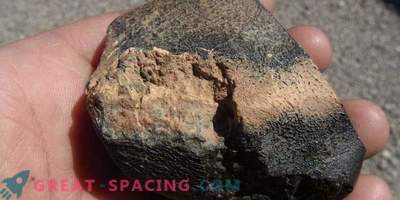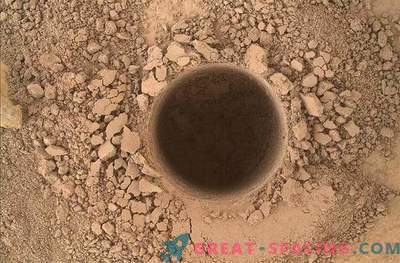
The meteorite that came to us from Mars has been studied in detail and scientists have discovered tiny structures that may be of biological origin.
This title has an article published in the February issue of the journal Astrobiology, where a group of scientists from the NASA Johnson Space Center in Houston, Texas and the Jet Propulsion Laboratory in Pasadena, California described the results of a 14-kilogram meteorite study called Yamato 000593 (Y000593). The meteorite sample contained strong evidence that Mars was not only more humid than it is now, but also had evidence of “biological processes” that occurred on the planet hundreds of millions of years ago.

Microscopic carbon spheres
“While robotic missions on Mars still shed light on the history of the planet, the only Mars samples available for research on Earth are Martian meteorites,” says lead expert Lauren White, from NASA's Jet Propulsion Laboratory. we can use several analytical methods to make a deeper analysis of meteorite samples and shed light on the history of Mars. These patterns are the key to exploring Mars. "

Microtunnels in meteorite samples
In their study, scientists describe the features associated with the Martian clay structures - micro-tunnels, in sample Y000593. Compared to ground-based samples, Martian forms appear to be very similar to “bio-hydrothermal modified textures” in basalt glasses. This means that this meteorite contains microscopic features that resemble mineral formations created by bacteria on Earth.
Another discovery is the microscopic balls located between the layers of rock in a meteorite. These balls are different from the minerals inside the rock and are rich in carbon. They may have been formed by biological interaction within the rock material.











































